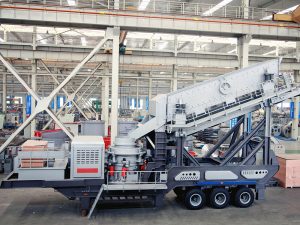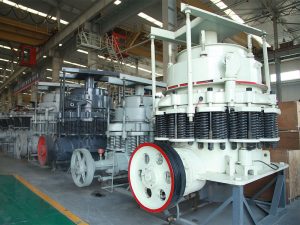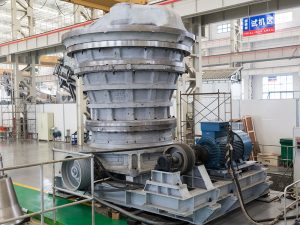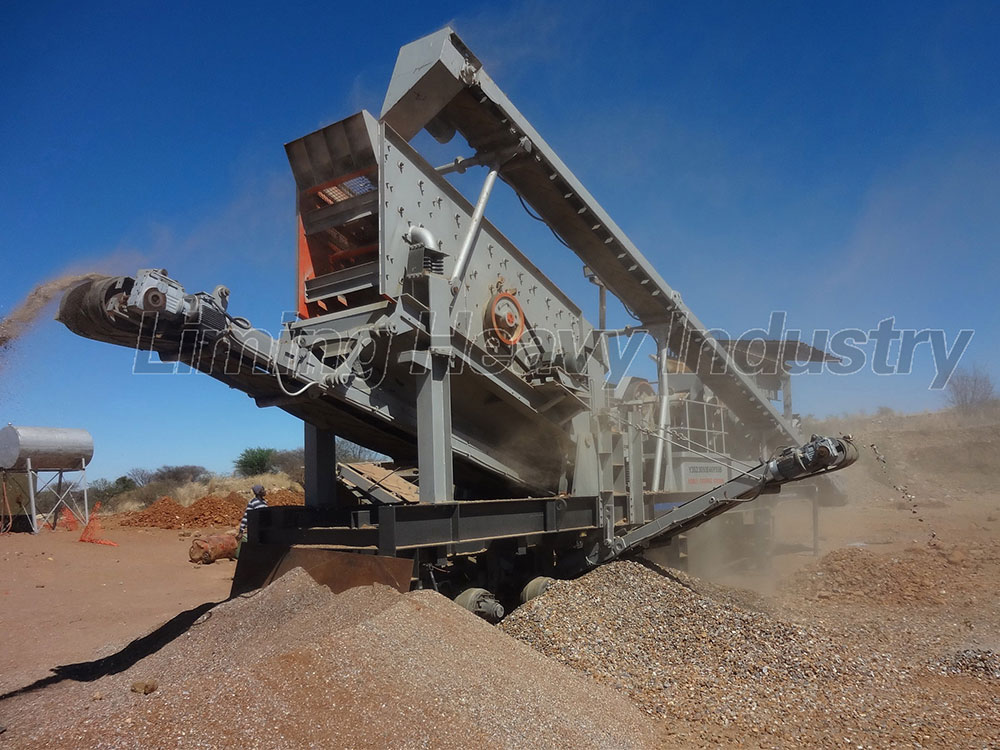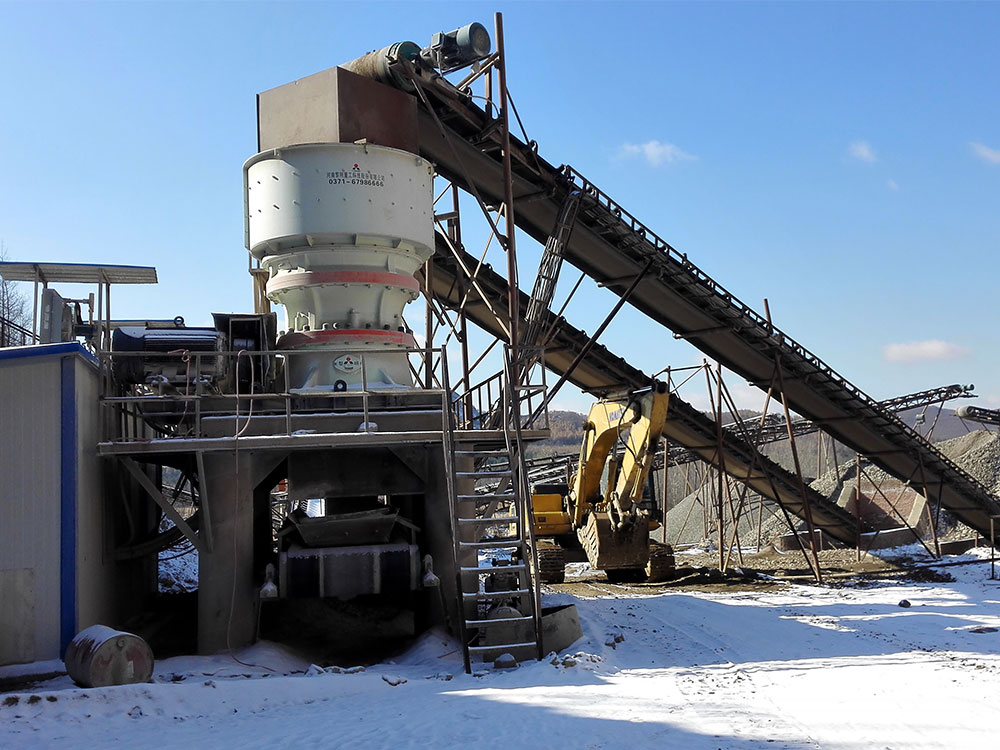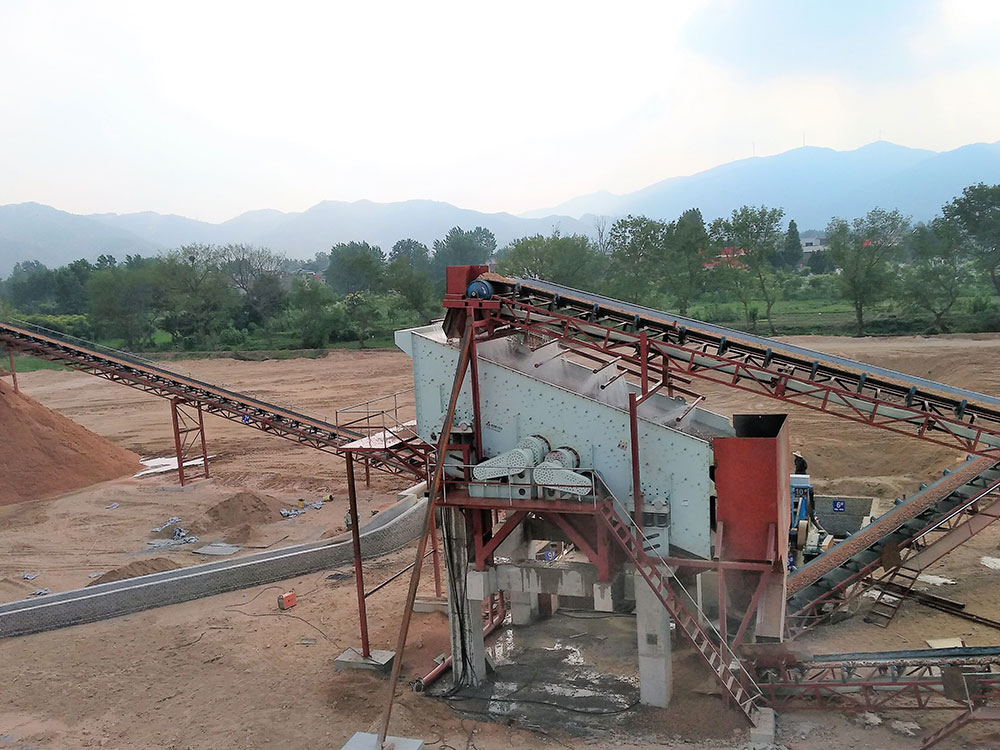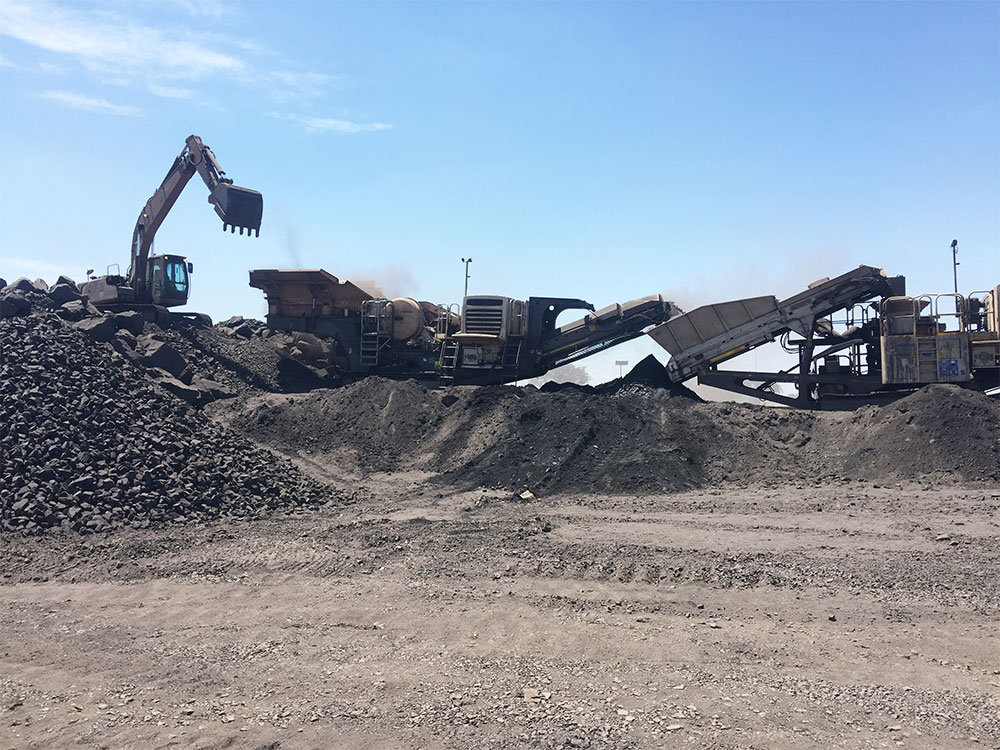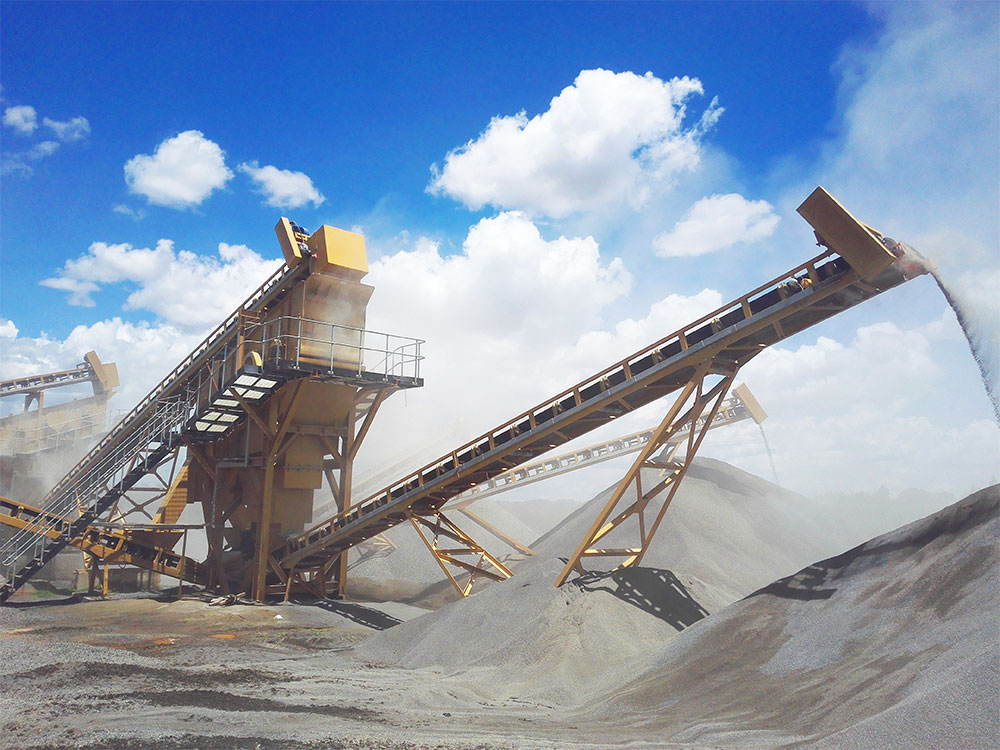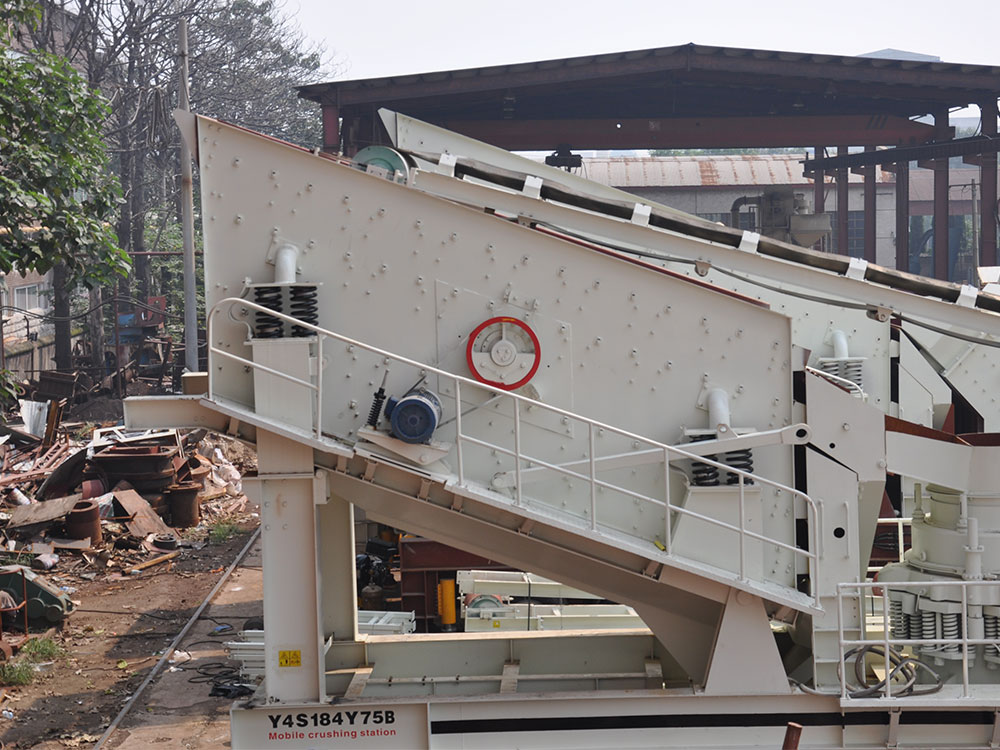The copper ore beneficiation process is a complex and delicate process, which mainly includes several key steps such as ore preparation, grinding, beneficiation, concentrate treatment and tailings treatment. The following is a detailed introduction to the copper ore beneficiation process:
1. Ore preparation
Ore mining: Copper ore is usually mined from open-pit mines or underground mines.
Crushing: The large pieces of copper ore mined are first crushed by a crusher. The crushing process is usually divided into three stages: coarse crushing, medium crushing and fine crushing. The ore is crushed to a suitable particle size using equipment such as jaw crushers, cone crushers or gyratory crushers to facilitate subsequent grinding operations.
Screening: The crushed ore is screened by a vibrating screen to separate ores of different particle sizes for subsequent processing.
2. Grinding
Purpose of grinding: The crushed ore is further finely ground to monomer dissociation so that useful minerals can be fully separated from gangue minerals.
Grinding equipment: Commonly used grinding equipment includes ball mills, rod mills and autogenous mills.
Grinding process: During the grinding process, it is necessary to control the grinding concentration, add an appropriate amount of grinding media (such as steel balls, steel rods) and adjust the grinding time to achieve the ideal grinding fineness.
3. Ore dressing
There are many methods for beneficiation of copper ore, mainly including flotation, magnetic separation, gravity separation, chemical beneficiation and combined beneficiation, among which flotation is the most widely used.
Floatation method:
Basic principle: Utilizing the differences in the physical and chemical properties of the mineral surface, useful minerals are separated from gangue minerals by adding flotation agents (such as collectors, frothers, etc.).
Floatation process: The ore pulp after grinding and classification is sent to the flotation machine for flotation, including roughing, concentrating, scavenging and other stages. Roughing is used to separate most of the gangue minerals, concentrating is used to improve the grade of copper concentrate, and scavenging is used to recover useful minerals in tailings.
Floatation agents and equipment: The selection and proportion of flotation agents have an important influence on the flotation effect. Commonly used flotation equipment includes flotation machines, flotation columns, etc.
Magnetic separation: Mainly used to separate magnetic minerals in ores, such as associated magnetite, to reduce interference with subsequent beneficiation processes.
Gravity separation: Separation based on the density difference between mineral particles, suitable for processing coarse-grained and easily dissociated ores. In copper ore beneficiation, gravity separation is often used for pre-selection operations to remove waste rock and improve the grade of selected ores.
Chemical beneficiation: For some difficult or low-grade copper ores, chemical beneficiation methods can be used. Copper is dissolved from the ore through chemical reactions or physicochemical reactions, and then copper products are obtained through subsequent treatment. Chemical beneficiation includes leaching, extraction, electrolysis and other steps.
Combined beneficiation: In view of the advantages and disadvantages of different beneficiation methods, combined beneficiation processes are often used in actual production, that is, a variety of beneficiation methods are combined to achieve the best beneficiation effect.
4. Concentrate treatment
Dehydration: Remove moisture from the concentrate through concentration, filtration and drying to facilitate subsequent smelting and processing.
Other treatments: Depending on the nature of the concentrate and its subsequent use, other treatments may be required, such as preparatory work before smelting.
5. Tailings treatment
Reasonable treatment of tailings generated during flotation, including tailings pond storage, tailings reselection, and tailings comprehensive utilization. Among them, tailings pond storage is a more common treatment method, while tailings reselection and tailings comprehensive utilization help to improve resource utilization and reduce environmental pollution.
In summary, the copper ore beneficiation process is a complex and delicate process, which requires comprehensive consideration of factors such as ore properties, mineral composition, copper grade and associated elements, and selection of appropriate beneficiation methods and equipment to achieve the best beneficiation effect.


